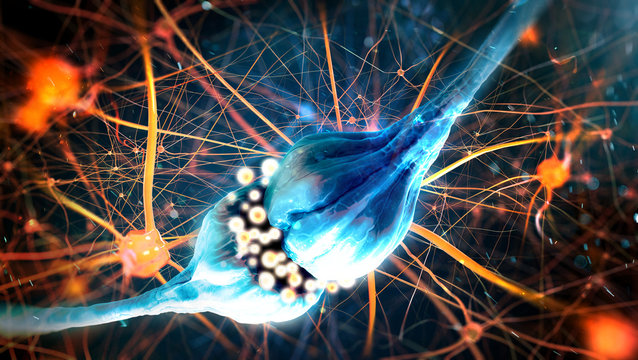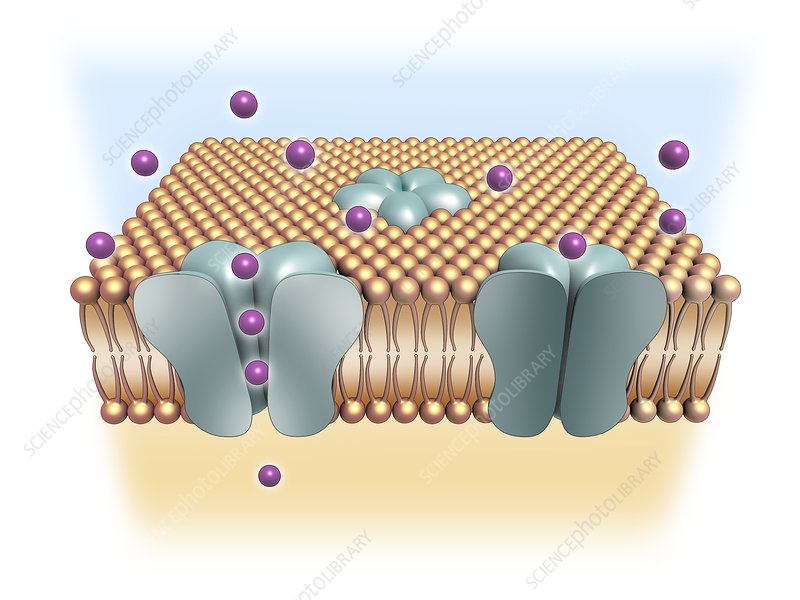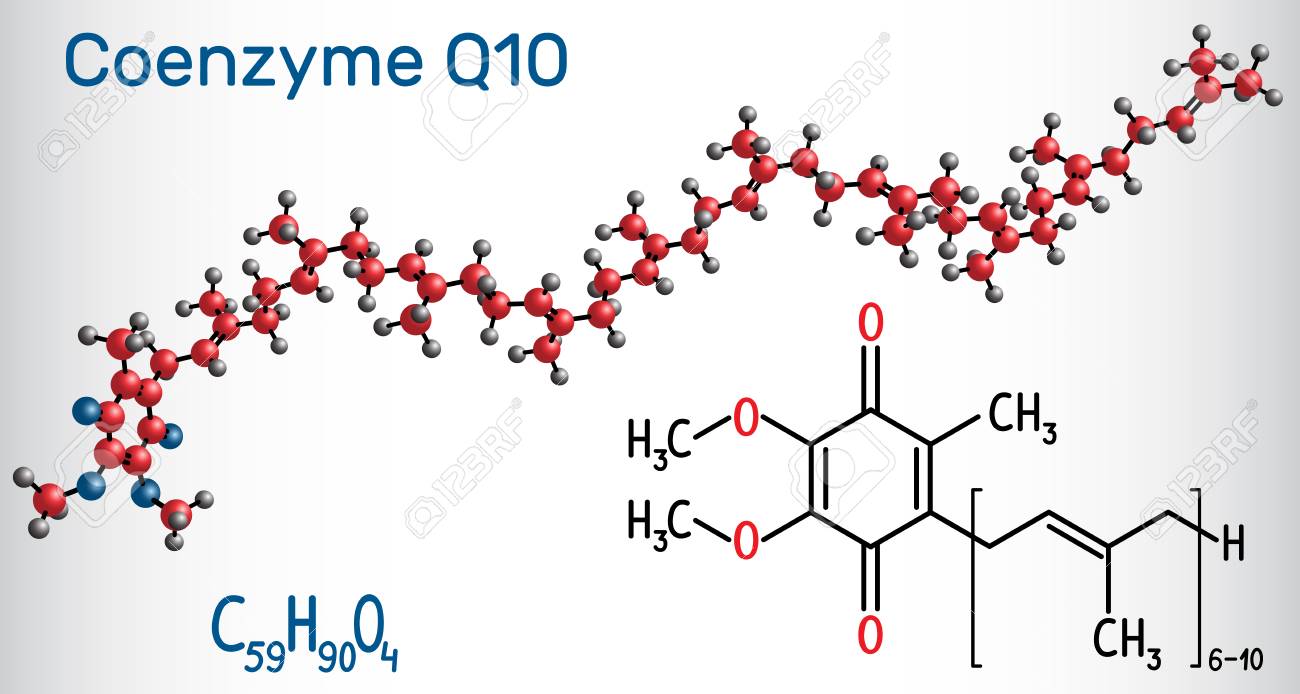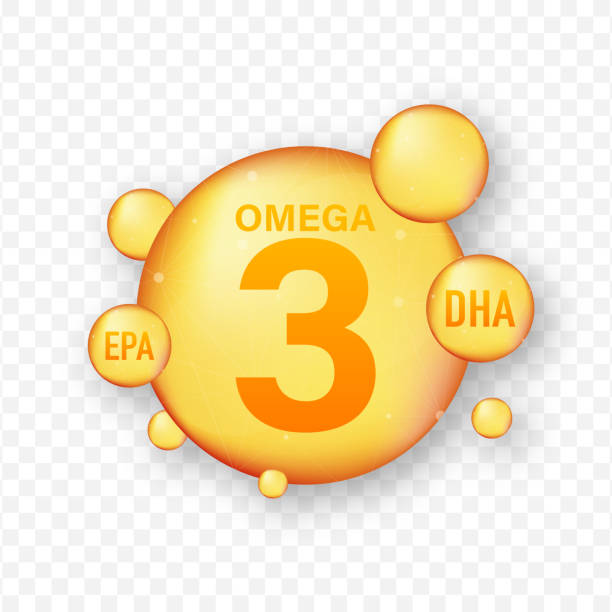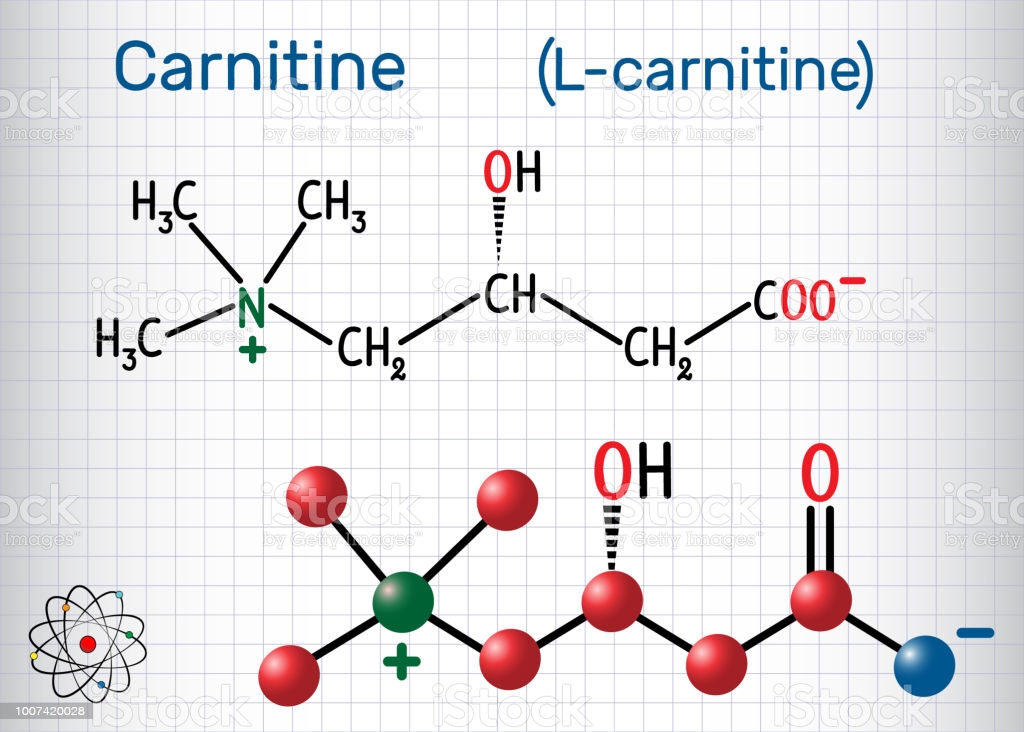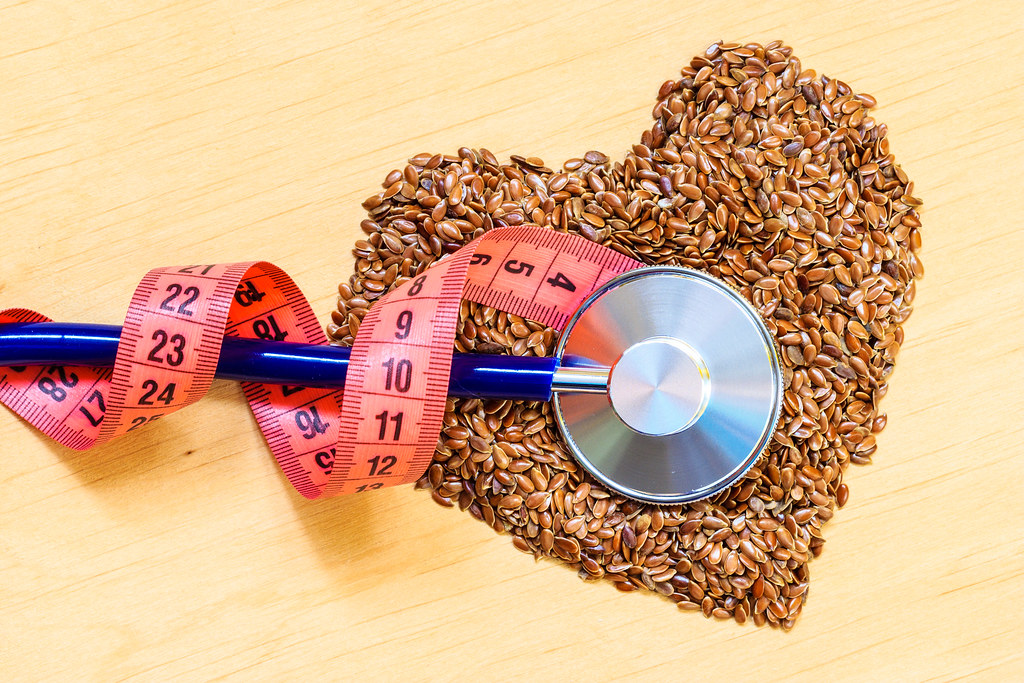
Social media channels are full of ‘wellness’ advice and influencers promoting flawed and inaccurate nutrition and health products. These posts use ‘pseudoscience’ – beliefs mistakenly regarded as based on science – to ‘prove’ their point. Or they use anecdotal stories and cherry-pick findings from scientific studies and call it evidence. Want to avoid falling prey to food fallacies? Read on to find out more and try to avoid faulty nutrition advice.
1. Nutrition issues affect only people in developing countries
Every country in the world is affected by at least one form of malnutrition. For example, micronutrient deficiencies — also known as ‘hidden hunger’ — affect 2 billion people around the world. Even overweight and obesity are considered a form of malnutrition and these rates continue to grow in the WHO European Region. Poor diet, overweight and obesity contribute to a large proportion of non-transmissible diseases, including cardiovascular diseases and cancer, the two main killers in the region. As we watch obesity rates skyrocket in many developed countries, we are also seeing these rates climb in many developing countries. Many countries suffer from the ‘double burden’, where both undernutrition and overweight exist in the same communities and even within the same household. This is not surprising as the root cause is the same — a lack of healthy diets. In Europe, more than 50% of adults are overweight or obese and in several of those countries the rate is close to 70% of the adult population. Overweight condition and obesity are estimated to result in deaths of about 320.000 men and women in 20 countries of western Europe every year. The situation is particularly worrying given the speed at which the prevalence rates among eastern European children and adolescents are catching up with those in the Western part of the region, due to the large amount of processed food available everywhere nowadays.
2. There is one single food that can ensure good health
There is so much fake information across digital media spaces claiming particular foods — like garlic, lemon or bananas — can protect us from disease. A healthy diet is composed of a variety of foods from different food groups: staple foods, such as rice, pasta, grains, roots and tubers; fruits and vegetables; protein sources, such as lentils; as well as moderate amounts of different animal-source foods. Requirements for a healthy diet vary depending on age, gender, activity level and the environment where people live, whether in cold or hot climates. It’s important to remember a healthy diet is a well-balanced one.

3. All smoothies and juices are healthy
Smoothies and juices are generic names for easy to eat non-solid food, but certainly they are not all the same. For example, many store-bought juices and smoothies are packed with added sugar and calories, which increase your risk of many chronic diseases including heart disease and stroke. When consumed in excess, they can promote weight gain and other health issues like tooth decay and blood sugar dysregulation. Meanwhile, there are certain juices and smoothies highly nutritious, which can be a great way to ensure your vitamin, mineral and antioxidant intake, like a nutrient-dense NutriFix smoothie, rich in fiber. By adding vegetables, seeds or nuts and protein powder, your smoothie would be similar to foods that make up a meal.

>>> To be continued <<<
~Andreea


